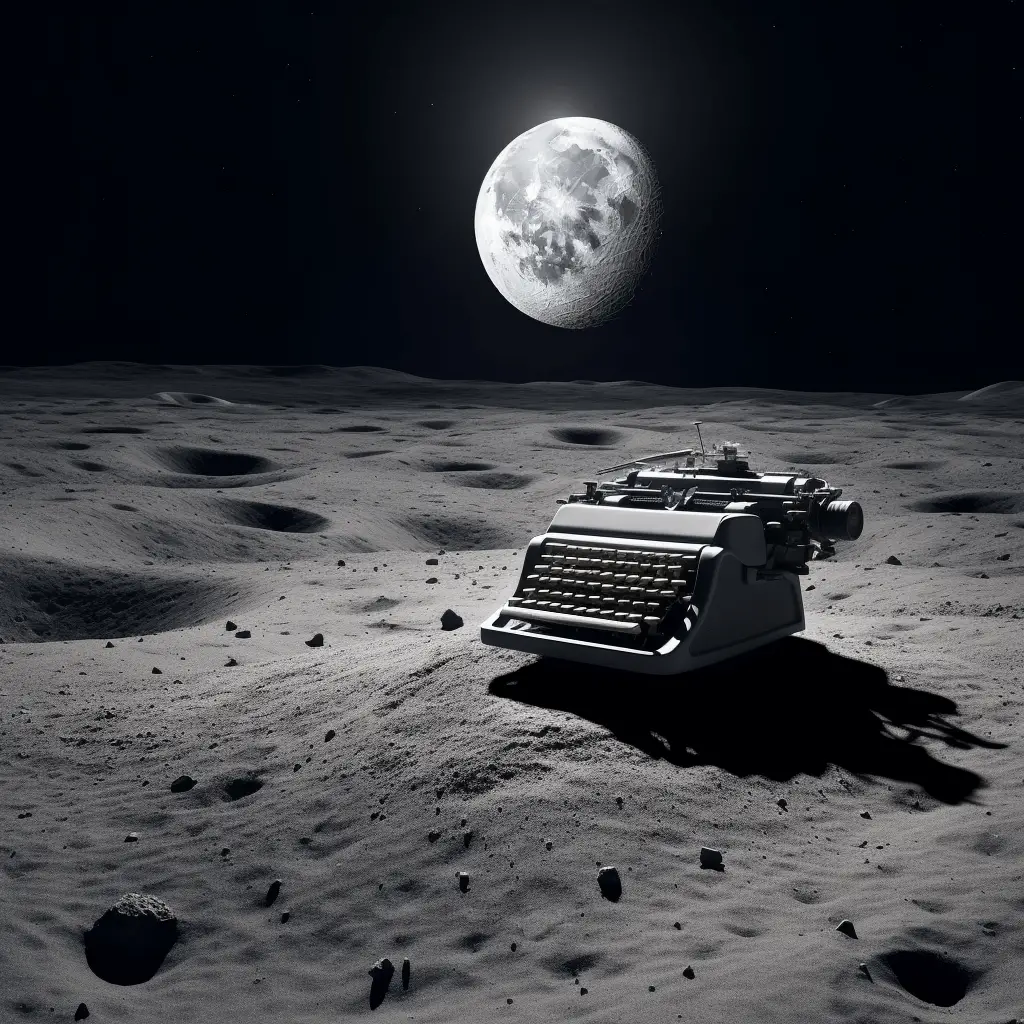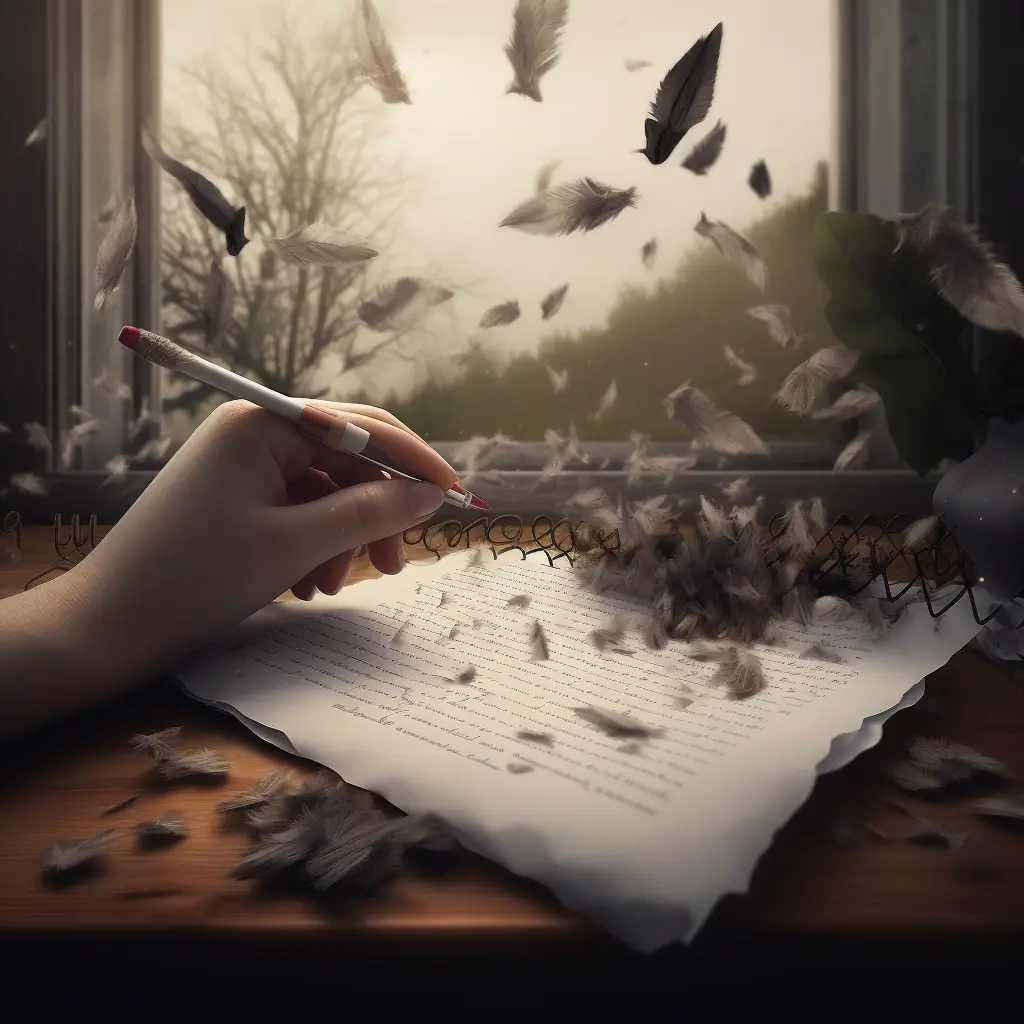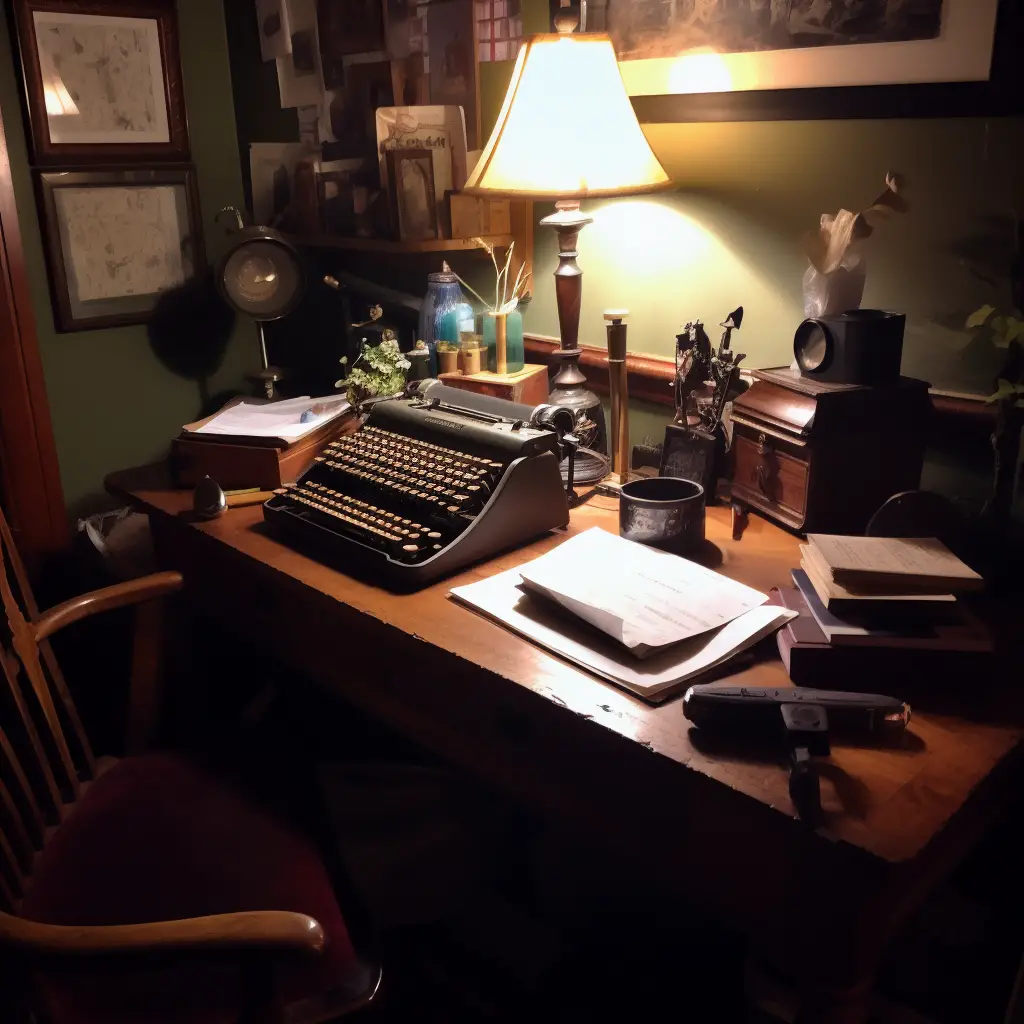
Foreshadowing is a literary device used to hint at plot points that may come later in a story. It‘s like a teasing wink from the author to the reader, saying “Just you wait, this is gonna be good!”
Some famous examples are a “dark and stormy night“ or a “black cat crossing your path.”
Why is Foreshadowing Important in Writing?
Foreshadowing plays a crucial role in writing, as it adds depth and intrigue to the story. It’s like planting little seeds of anticipation, preparing the reader for a delicious literary feast. When used effectively, foreshadowing can build suspense, create tension, and even invoke a sense of dread or excitement. The best part? The reader won’t even realize they’re being primed for a big reveal.
How to Master the Art of Foreshadowing
Foreshadowing is like a secret ingredient in a tasty dish; it must be used in just the right amounts. Too much, and the reader might lose interest. Too little, and the story may lack depth. Here’s how to create the perfect balance:
Start with Subtlety
Foreshadowing is like a game of hide-and-seek; the clues should be hidden but not impossible to find. Be subtle in your approach, allowing the reader to uncover the hints without feeling like they’re being spoon-fed. Remember, it’s more fun to discover a secret than to have it revealed outright.
Use Symbolism and Imagery
Foreshadowing can be as simple as a few carefully chosen words, or as complex as an entire scene. Symbols and imagery can be used to create a sense of foreboding or to hint at a character’s fate. For example, a wilted flower might symbolize the demise of a once-thriving relationship.
Timing is Everything
When it comes to foreshadowing, timing is key. Introduce the hints early enough in the story to give them time to simmer, but not so early that they lose their impact. The reader should have enough time to forget about the clue before it becomes significant.
Types of Foreshadowing
There are several types of foreshadowing, each with its own unique flavor:
Chekhov’s Gun
The term “Chekhov’s Gun” comes from the famous writer Anton Chekhov, who said, “If in the first act you have hung a pistol on the wall, then in the following one, it should be fired.” This means that every element in a story should have a purpose, and if something is introduced, it should be used later in the story.
Prophecy
A prophecy is a prediction of a future event, often delivered by a mystical character. These prophecies can create suspense by revealing that something significant is about to happen, but without disclosing the details.
Flashbacks
Flashbacks are scenes from the past that reveal important information about the story’s present or future. They can be used to foreshadow events by showing the reader something that has already happened, which will impact the story later on.
Red Herring
A red herring is a misleading clue that’s meant to distract the reader from the true path of the story. By throwing in a few red herrings, the author can keep the reader guessing until the very end.
Examples of Foreshadowing in Literature
Here are a few examples of foreshadowing in famous literary works:
Romeo and Juliet by William Shakespeare
In this classic tragedy, Romeo’s dreams foreshadow his own death. He says, “I dreamt my lady came and found me dead.” This subtle hint suggests that their love story will end in tragedy.
The Great Gatsby by F. Scott Fitzgerald
Early in the novel, Gatsby’s library contains an uncut book, foreshadowing his unfulfilled dreams and aspirations. This seemingly insignificant detail adds to the novel’s themes of illusion and disillusionment.
To Kill a Mockingbird by Harper Lee
Throughout the novel, Scout frequently mentions that her brother, Jem, broke his arm when he was nearly thirteen. This detail serves as foreshadowing for the climax of the story, when Jem’s arm is broken during a confrontation with Bob Ewell.
Of Mice and Men by John Steinbeck
Steinbeck uses foreshadowing to hint at the ultimate fate of Lennie, one of the main characters. Early in the story, Lennie accidentally kills a small animal, which foreshadows the later tragedy involving Curley’s wife.
Tips for Creating Foreshadowing in Your Own Writing
Ready to weave some foreshadowing magic into your own story? Here are a few tips to help you get started:
- Plan ahead: Before introducing foreshadowing into your story, make sure you know where the story is headed. This will help you plant the seeds of future events more effectively.
- Be consistent: If you’re using a particular symbol or metaphor to foreshadow an event, make sure it’s consistent throughout the story. This will create a sense of cohesion and make the foreshadowing more effective.
- Consider the consequences: Think about how your foreshadowing will impact the reader’s experience. Will it create suspense or tension? Will it make the story more satisfying or predictable? Use foreshadowing to enhance your story, not detract from it.
In conclusion, foreshadowing is a powerful literary device that can add depth, intrigue, and suspense to a story. By planting subtle hints, using symbolism and imagery, and timing the reveal just right, you can create a rich and engaging reading experience for your audience. So, go ahead and sprinkle some foreshadowing magic into your next story, and watch your readers become enthralled with your literary prowess!
If you’re thirsty for more writing knowledge, head over here to learn all 74 literary devices.





